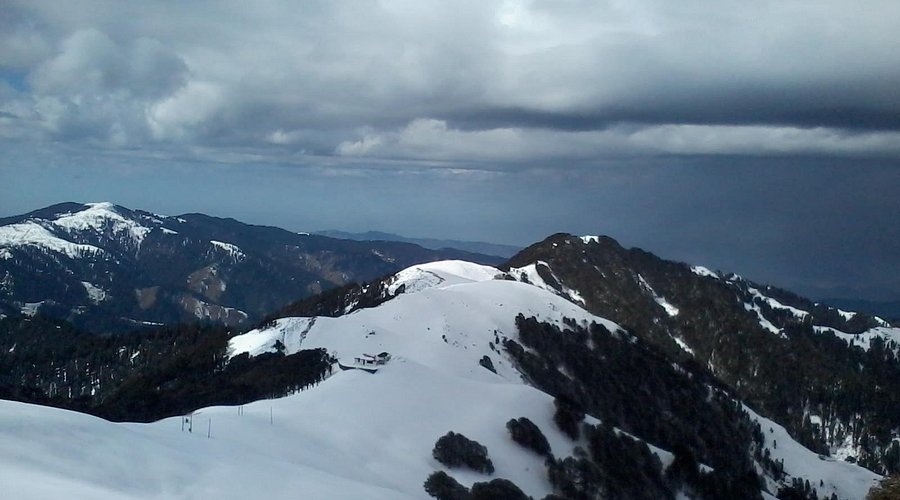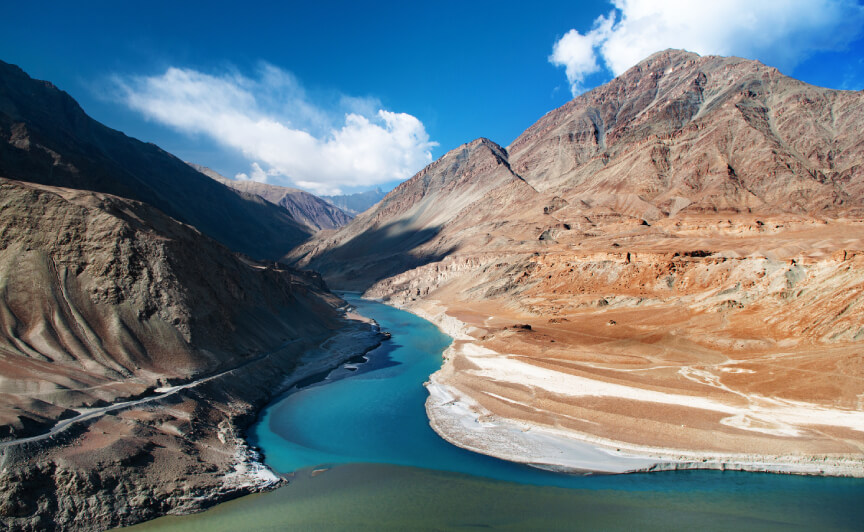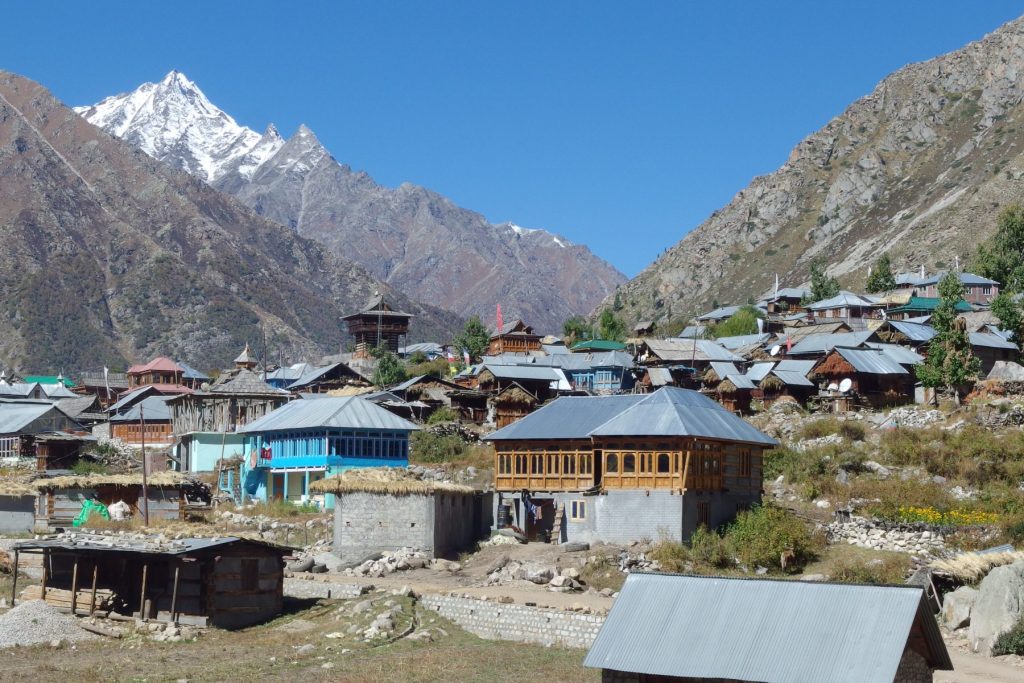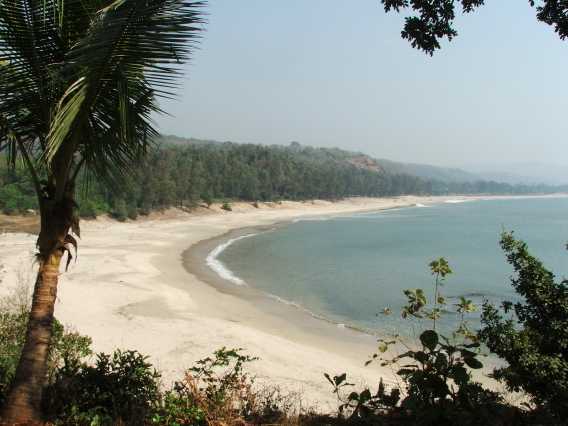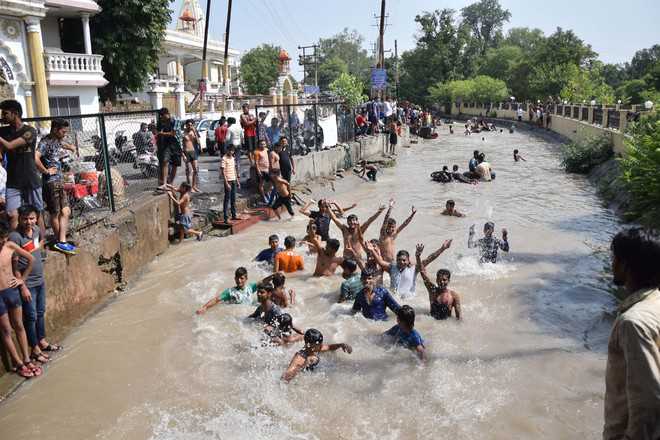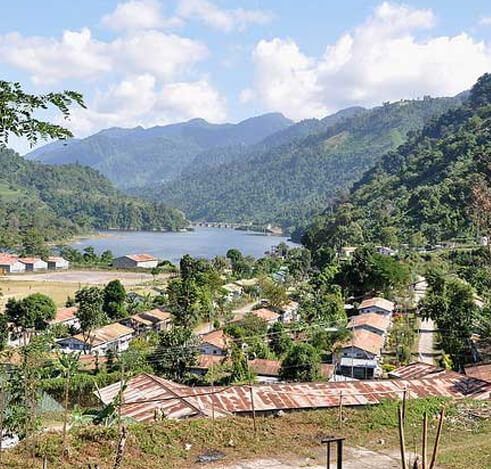Nestled in the scenic hills of Ladakh, Hemis Monastery is a treasure. It’s a spiritual haven and a cultural landmark.
Founded in 1630, Hemis Monastery is one of the largest and richest monasteries in India. Known for its annual Hemis Festival, it attracts visitors from around the world. The festival celebrates Guru Padmasambhava, a revered figure in Buddhism. The monastery’s architecture and murals are stunning, showcasing intricate designs and vibrant colors.
Visitors can explore ancient relics, sacred texts, and Buddhist statues. Hemis Monastery is not just a place of worship; it’s a window into Ladakh’s rich heritage and spiritual depth. Whether you’re a history buff, a spiritual seeker, or an adventurer, Hemis Monastery offers an enriching experience.
History And Origins
Hemis Monastery, one of the largest and richest monasteries in Ladakh, boasts a rich history. Nestled in the serene hills, it attracts many visitors each year. The monastery’s origins are deeply rooted in Buddhist tradition. Its story spans centuries of spiritual and cultural significance.
Founding Of Hemis Monastery
Hemis Monastery was founded in 1630. Sengge Namgyal, a prominent Ladakhi king, initiated its construction. He aimed to strengthen Buddhism in the region. The monastery quickly became a center for religious activities.
The monastery’s location was strategically chosen. It sits in a secluded valley, away from the bustling towns. This provided a peaceful environment for meditation and study. The initial structure was modest but grew over time.
Early Influences And Development
Early influences on Hemis Monastery came from Tibet. Tibetan monks played a crucial role in its development. They brought with them rich traditions and teachings.
The monastery adopted the Drukpa Lineage of Tibetan Buddhism. This lineage shaped its rituals and practices. Over time, Hemis became a hub for learning and spiritual growth.
Significant contributions came from various rulers. They provided financial and moral support. This ensured the monastery’s continued growth and prosperity.
Art and culture flourished within its walls. Beautiful murals, thangkas, and statues adorned the monastery. These artworks depicted stories of Buddhist deities and teachings.
Architectural Marvels
When you step into Hemis Monastery, you are not just visiting a religious site; you are walking through an architectural marvel that has stood the test of time. The intricate designs, unique features, and the sheer grandeur of this ancient monastery will leave you in awe. Whether you are an architecture enthusiast or a curious traveler, the architectural elements of Hemis Monastery offer something fascinating for everyone. Let’s delve into the details of its design and unique features that make it stand out.
Traditional Tibetan Design
The Hemis Monastery is a splendid example of traditional Tibetan architecture. The design reflects the spiritual and cultural ethos of the region. The monastery’s multi-storied structure is built using materials like stone, wood, and clay, which are locally sourced. This not only makes the building blend seamlessly with its surroundings but also ensures its durability.
One of the standout features is the beautifully carved wooden balconies that adorn the facade. These balconies are not just decorative; they serve as perfect vantage points to soak in the serene landscape. The walls are adorned with vibrant murals that depict various deities and scenes from Buddhist mythology. These murals are not just art; they are a storytelling medium, each narrating a different tale.
The roof, with its golden spires and intricately designed tridents, is another highlight. These elements are not just ornamental but have symbolic meanings. The tridents, for instance, are a representation of the three jewels of Buddhism: the Buddha, the Dharma, and the Sangha. Have you ever wondered how architecture can communicate spirituality? Hemis Monastery is a living example of this fascinating blend.
Unique Features
Hemis Monastery is not just another Tibetan monastery; it boasts several unique features that set it apart. One of the most intriguing elements is the massive statue of Guru Padmasambhava, which stands tall in the main hall. This statue is not only a marvel of craftsmanship but also holds immense religious significance. It is believed that Guru Padmasambhava, also known as the Second Buddha, played a crucial role in spreading Buddhism in Tibet.
Another fascinating feature is the monastery’s extensive library, which houses ancient texts and scriptures. These texts are invaluable resources for scholars and practitioners alike. The library’s collection includes some of the oldest manuscripts written on palm leaves and birch bark, making it a treasure trove of knowledge.
The annual Hemis Festival is another unique aspect that adds to the monastery’s charm. During this festival, the courtyard transforms into a vibrant stage for traditional masked dances, known as Cham dances. These dances are not just a visual delight but also serve as a medium to convey religious stories and teachings. Imagine witnessing a centuries-old tradition come alive in front of your eyes—it’s an experience you wouldn’t want to miss.
As you explore the Hemis Monastery, you can’t help but marvel at the architectural brilliance that seamlessly blends functionality with spirituality. Each corner, each design element has a story to tell. Are you ready to uncover these stories and immerse yourself in the architectural marvels of Hemis Monastery?
Cultural Significance
The Hemis Monastery stands as a beacon of rich cultural heritage. Nestled in the heart of Ladakh, it embodies centuries-old traditions and practices. Its walls have witnessed countless ceremonies and teachings. The monastery is not just a religious site. It is a living museum of culture and history. Visitors from around the world come to experience its vibrant traditions.
Role In Buddhism
The Hemis Monastery plays a vital role in Buddhism. It serves as a major center for the Drukpa lineage. Monks here engage in deep spiritual practices. They study ancient texts and meditate. They also teach Buddhism to the local community and visitors. The monastery hosts many important festivals. These festivals attract pilgrims and tourists alike.
Local Traditions And Practices
Local traditions at Hemis Monastery are unique and vibrant. The annual Hemis Festival is a highlight. This festival celebrates the birth of Guru Padmasambhava. Monks perform masked dances. They tell stories of good and evil. The monastery is adorned with colorful decorations. Locals and visitors join in the celebrations.
Daily life in the monastery is steeped in tradition. Monks follow a strict routine. They chant prayers, study scriptures, and perform rituals. These practices keep the spiritual energy of the monastery alive. Visitors can observe these rituals. This offers a glimpse into the life of the monks. It also helps them understand the deep cultural roots of the monastery.
Annual Hemis Festival
Hemis Monastery hosts the Annual Hemis Festival, celebrating Guru Padmasambhava’s birth. Traditional music, dance, and vibrant costumes highlight the event.
The Annual Hemis Festival is a vibrant, colorful celebration held at the Hemis Monastery in Ladakh, India. This festival, deeply rooted in Tibetan Buddhism, takes place every year in June or July, attracting visitors from all over the world. The Hemis Festival commemorates the birth of Guru Padmasambhava, the founder of Tibetan Buddhism. It’s a fantastic opportunity to witness the rich cultural heritage and spiritual traditions of the region.Celebration Details
The Hemis Festival is a grand affair that lasts for two days. The entire monastery is adorned with festive decorations, creating an atmosphere of joy and reverence. The festivities begin early in the morning with special prayers and rituals. Monks, dressed in elaborate robes, chant ancient hymns, invoking blessings and peace. One of the highlights is the Cham dance, a sacred masked dance performed by the monks. Each mask represents a different deity or spiritual figure. The dance, accompanied by traditional music, tells stories of good triumphing over evil. Visitors can also explore stalls selling local handicrafts, souvenirs, and traditional food. It’s a great way to immerse yourself in the local culture and take home a piece of Ladakh.Rituals And Performances
Rituals at the Hemis Festival are deeply symbolic. The monks perform various ceremonies to purify the monastery and its surroundings. These rituals are believed to drive away evil spirits and bring good fortune. One ritual involves the unfurling of a giant thangka, a religious painting, which is displayed once every 12 years. The thangka is a sight to behold, depicting intricate images of deities and spiritual symbols. The Cham dance is not just a performance; it’s a form of meditation. The dancers enter a trance-like state, connecting with the divine. Their movements are graceful and precise, each step carrying spiritual significance. Have you ever wondered what it feels like to witness such a profound event? The energy is palpable, and you can’t help but feel a sense of awe and respect. During my visit, I was struck by the unity and devotion of the community. People from different backgrounds and cultures came together to celebrate and seek blessings. It was a reminder of how festivals can bridge gaps and create a sense of belonging. Whether you are a spiritual seeker, a cultural enthusiast, or simply a curious traveler, the Hemis Festival offers something unique. It’s not just an event; it’s an experience that stays with you long after you’ve left. What are you waiting for? Pack your bags and head to Ladakh to witness the magic of the Hemis Festival.Sacred Artifacts
Hemis Monastery houses sacred artifacts, including ancient manuscripts and statues. These treasures reflect the rich cultural heritage of Ladakh.
Hemis Monastery is not just a magnificent architectural wonder; it is a treasure trove of sacred artifacts that offer a deep dive into the rich spiritual heritage of Tibetan Buddhism. These artifacts are not mere objects; they are the heart and soul of the monastery, each telling its own unique story and holding immense spiritual significance. ###Ancient Relics
The ancient relics at Hemis Monastery are awe-inspiring. As you walk through the halls, you’ll encounter centuries-old manuscripts, thangkas (Tibetan Buddhist paintings on cotton), and statues that are incredibly well-preserved. One unforgettable experience I had was standing before a statue of Guru Rinpoche, believed to be from the 8th century. The serene expression on the statue’s face seemed almost alive, as if it was watching over the devoted visitors. These relics are not just historical artifacts; they are considered living entities that embody the teachings and blessings of the past masters. Imagine holding a manuscript that has been read and revered by generations of monks. It’s a humbling experience. It makes you wonder about the lives of those who have come before you and the wisdom they have passed down. ###Spiritual Symbols
The spiritual symbols at Hemis Monastery are profound and abundant. Symbols like the Dharmachakra (Wheel of Dharma), the Endless Knot, and the Lotus Flower are omnipresent, each representing key aspects of Buddhist philosophy. Walking through the monastery, I was particularly struck by the intricate mandalas adorning the walls. These mandalas are not just beautiful works of art; they are spiritual maps guiding practitioners on their path to enlightenment. The meticulous detail in each mandala is astounding, reflecting both the skill of the artist and the depth of Buddhist teachings. Have you ever pondered the meaning behind these symbols? They are not just decorative elements; they are powerful tools for meditation and reflection. The Dharmachakra, for example, represents the cycle of birth and rebirth and the path to achieving Nirvana. It serves as a constant reminder of the ultimate goal in Buddhism. Seeing these symbols in their rightful place within the monastery adds a layer of authenticity and reverence that is hard to describe. It’s an experience that compels you to look deeper, to question, and to seek understanding. In exploring these sacred artifacts, you not only learn about the history and culture of Hemis Monastery but also gain insights into your own spiritual journey. What story will you uncover next time you visit a sacred place?
Credit: en.wikipedia.org
Monastic Life
The Hemis Monastery, located in the beautiful Ladakh region, offers a unique glimpse into monastic life. This ancient monastery is more than just a place of worship. It’s a vibrant community where monks dedicate their lives to spiritual growth and learning. The serene environment helps the monks to focus on their daily practices and education.
Daily Routines
Monks at Hemis Monastery start their day early. They wake up before sunrise. The day begins with morning prayers and meditation. These practices help them find peace and clarity. After prayers, the monks have a simple breakfast. The rest of the morning involves various chores and duties. Each monk has specific tasks. Some clean the monastery, while others cook or tend to the gardens.
Afternoons are quieter. Monks often study religious texts. They also engage in personal meditation. The day ends with evening prayers. Monks then have a light dinner before retiring for the night. This routine fosters discipline and spiritual growth.
Training And Education
Education is crucial at Hemis Monastery. Young monks start their training early. They learn to read and write in Tibetan. They also study ancient scriptures. These texts teach them about Buddhist philosophy and ethics. Experienced monks guide the younger ones. They help them understand complex teachings.
Training goes beyond just reading. Monks learn through debates and discussions. These activities sharpen their minds. They also develop public speaking skills. Practical training is part of their education too. Monks learn rituals, chanting, and other religious practices. They also receive lessons in traditional arts like thangka painting and music.
This holistic education system ensures monks are well-rounded. They gain both spiritual and practical knowledge. This prepares them for a lifetime of service and devotion.
Tourist Experience
Visiting Hemis Monastery offers a rich and unique experience. Nestled in the serene mountains of Ladakh, this monastery is a must-visit. Tourists often marvel at its historical and cultural significance.
Visitor Attractions
The Hemis Monastery houses many attractions for visitors. One major highlight is the annual Hemis Festival. This festival, held in June or July, features vibrant masked dances. These dances depict the victory of good over evil.
The monastery also boasts a vast collection of ancient relics. Visitors can view statues, thangkas (Tibetan paintings), and sacred texts. The architecture of Hemis Monastery is another attraction. Its intricate woodwork and colorful murals captivate many tourists.
Travel Tips
Planning a visit to Hemis Monastery requires some preparation. First, carry warm clothing. The weather in Ladakh can be unpredictable and cold.
Second, acclimatize to the altitude. Ladakh’s high altitude can affect health. Spend a day or two in Leh before heading to Hemis.
Third, respect local customs and traditions. Dress modestly and behave respectfully within the monastery grounds. Photography may be restricted in some areas. Always ask for permission before taking photos.
Lastly, consider hiring a local guide. A guide can enrich your experience with stories and insights. They can also help navigate the monastery’s vast grounds.

Credit: discoverlehladakh.in
Preservation Efforts
Hemis Monastery is a treasure of culture and history. Keeping it in good condition takes a lot of work. Many projects are in place to preserve its beauty and heritage.
Conservation Projects
Several conservation projects focus on the monastery’s structure. Experts repair old walls and roofs. They use traditional materials to keep the original look. Special care is taken with the murals. These paintings show important scenes and legends. Conservators clean and restore them with great care.
Community Involvement
The local community plays a big role in preservation. Volunteers help with cleaning and minor repairs. They also learn from experts about traditional methods. This knowledge helps keep the monastery in good shape. The community holds events to raise awareness. These events teach people the importance of the monastery. People of all ages get involved.
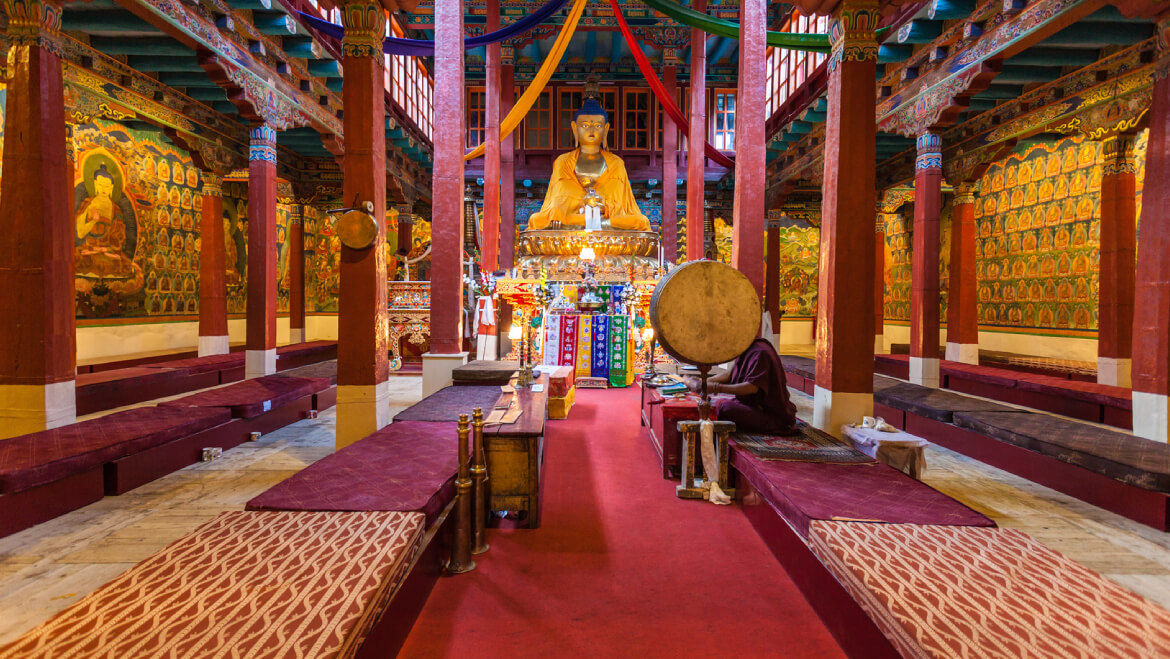
Credit: www.tourmyindia.com
Frequently Asked Questions
Why Is Hemis Monastery Famous?
Hemis Monastery is famous for its annual Hemis Festival. The festival celebrates Guru Padmasambhava’s birth. The monastery also houses a vast collection of ancient artifacts, statues, and Thangkas. Its stunning architecture and serene surroundings attract tourists worldwide.
Did Jesus Visit Hemis Monastery?
There is no historical evidence that Jesus visited Hemis Monastery. The claim lacks credible support and is widely disputed.
Is Hemis Monastery Worth Visiting?
Yes, Hemis Monastery is worth visiting. It boasts stunning architecture, rich history, and vibrant cultural festivals. The serene surroundings enhance the experience.
Where Is The Largest Monastery In The World?
The largest monastery in the world is the Potala Palace. It is located in Lhasa, Tibet. This historic site is a key cultural landmark.
Conclusion
A visit to Hemis Monastery offers more than just stunning views. The rich history and cultural significance create a memorable experience. Walking through its ancient halls feels like stepping back in time. The monastery’s festivals add vibrant color and lively energy.
Hemis Monastery stands as a symbol of spiritual and cultural heritage. Its peaceful ambiance invites reflection and peace. Whether you’re a history buff or seeking tranquility, Hemis Monastery delivers. Plan your trip and discover this hidden gem. Explore, learn, and enjoy your time at Hemis Monastery.
{ “@context”: “https://schema.org”, “@type”: “FAQPage”, “mainEntity”: [ { “@type”: “Question”, “name”: “Why is Hemis Monastery famous?”, “acceptedAnswer”: { “@type”: “Answer”, “text”: “Hemis Monastery is famous for its annual Hemis Festival. The festival celebrates Guru Padmasambhava’s birth. The monastery also houses a vast collection of ancient artifacts, statues, and Thangkas. Its stunning architecture and serene surroundings attract tourists worldwide.” } } , { “@type”: “Question”, “name”: “Did Jesus visit Hemis Monastery?”, “acceptedAnswer”: { “@type”: “Answer”, “text”: “There is no historical evidence that Jesus visited Hemis Monastery. The claim lacks credible support and is widely disputed.” } } , { “@type”: “Question”, “name”: “Is Hemis Monastery worth visiting?”, “acceptedAnswer”: { “@type”: “Answer”, “text”: “Yes, Hemis Monastery is worth visiting. It boasts stunning architecture, rich history, and vibrant cultural festivals. The serene surroundings enhance the experience.” } } , { “@type”: “Question”, “name”: “Where is the largest monastery in the world?”, “acceptedAnswer”: { “@type”: “Answer”, “text”: “The largest monastery in the world is the Potala Palace. It is located in Lhasa, Tibet. This historic site is a key cultural landmark.” } } ] }
